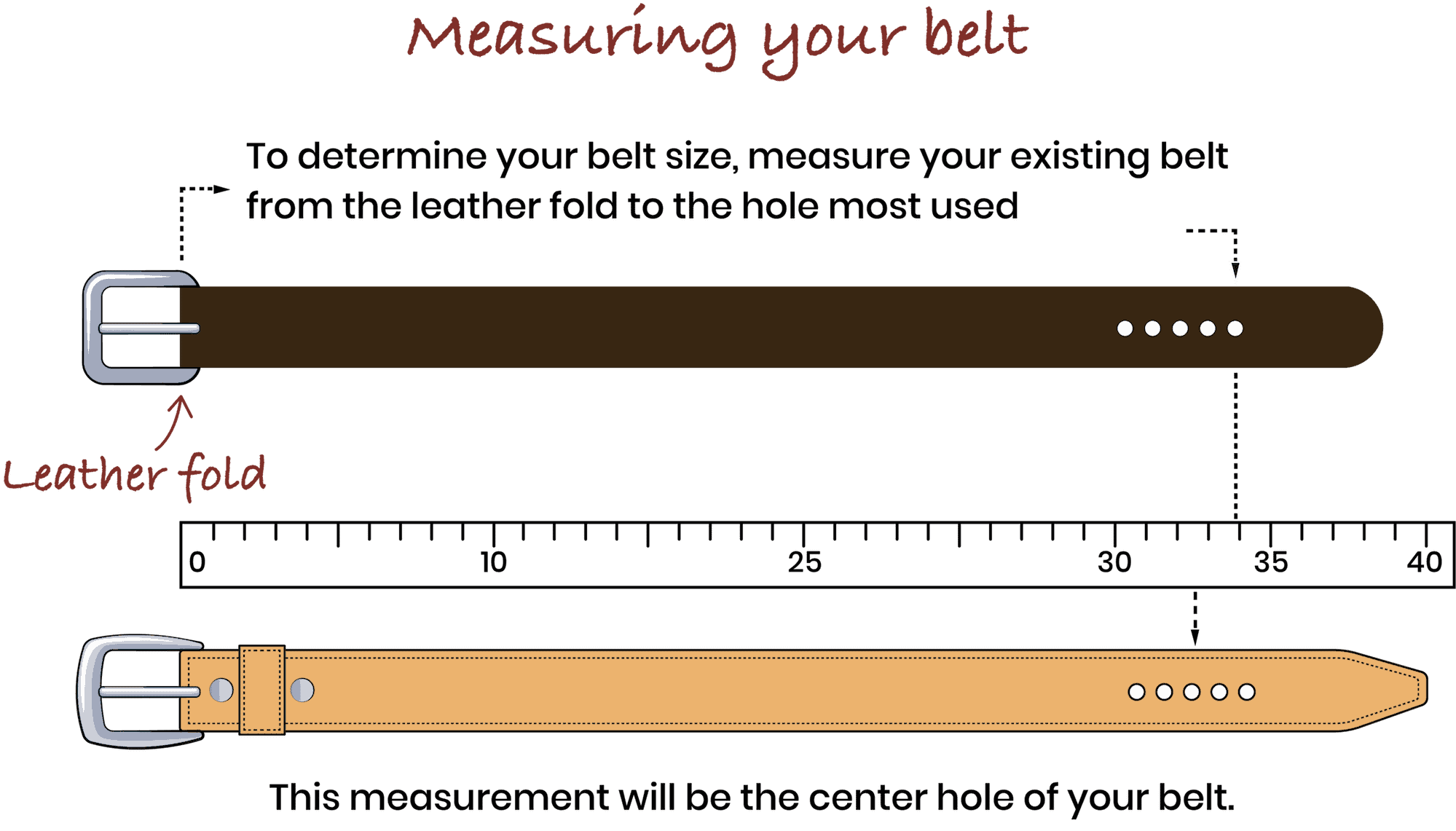Measuring a V-belt accurately is crucial to ensure optimal performance and prevent costly breakdowns. If you’re struggling with inaccurate sizing, this comprehensive guide will provide you with a step-by-step approach to measure your V-belt like a pro. Get ready to master the technique and keep your machinery running smoothly.
Incorrect V-belt sizing can lead to a range of issues, including premature wear, reduced efficiency, and even catastrophic equipment failure. Proper measurement is vital to avoid these headaches and ensure the safe and efficient operation of your equipment.
How To Measure A V-Belt: A Step-by-Step Guide For Accurate Sizing
Measuring a V-belt is a simple yet critical task. Follow these steps to ensure precise sizing:
- Locate the belt’s top width: Place the belt on a flat surface and measure the width at its widest point.
- Determine the belt’s thickness: Measure the distance between the top and bottom surfaces of the belt at any point.
- Calculate the belt’s length: Wrap the belt around a measuring tape or cord while keeping it taught but not stretched. Record the length of the cord when it aligns with the belt’s starting point.
Understanding V-Belt Measurement
When measuring a V-belt, it’s essential to understand the different dimensions involved. The top width refers to the widest part of the belt, while the thickness indicates the distance between the top and bottom surfaces. The belt length is the total circumference of the belt when it’s laid out flat.

History and Evolution of V-Belt Measurement
V-belts have been used for over a century, and their measurement methods have evolved over time. Early V-belts were measured using calipers to determine their width and thickness, while length was often estimated based on the diameter of the pulleys they were used on.
Today, modern measuring tools like laser scanners provide precise measurements, ensuring accurate sizing and improved belt performance.

Expert Tips for Accurate V-Belt Measurement
To ensure the most accurate V-belt measurements, follow these expert tips:
- Use a dedicated belt measuring tool or a high-quality measuring tape.
- Measure the belt at multiple points to account for any slight variations in width or thickness.
- Double-check your measurements to avoid errors that could lead to incorrect belt selection.
Why Accurate V-Belt Measurement Matters
Accurate V-belt measurement is not just about getting the right size; it’s about ensuring the safety and efficiency of your equipment. An improperly sized V-belt can cause excessive wear on the belt and pulleys, leading to premature failure.
Precise measurements also help optimize belt performance, reducing energy consumption and increasing the lifespan of your machinery.

How To Maintain Accurate V-Belt Measurement
To maintain accurate V-belt measurements over time, follow these best practices:
- Inspect your V-belts regularly for signs of wear or damage.
- Re-measure your belts if you notice any changes in their dimensions or performance.
- Store V-belts in a cool, dry place to prevent deterioration.
Troubleshooting Common V-Belt Measurement Issues
If you encounter any issues with V-belt measurement, here are some troubleshooting tips:
- Incorrect belt width: Ensure you’re measuring the widest part of the belt.
- Inaccurate belt thickness: Check that you’re measuring the distance between the top and bottom surfaces.
- Belt length too short or too long: Re-measure the belt or use a different measuring technique.

Fun Facts About V-Belt Measurement
Here are some interesting facts about V-belt measurement:
- V-belts are commonly used in automotive applications, industrial machinery, and agricultural equipment.
- The correct tension of a V-belt is critical for proper operation and can be measured using a belt tension gauge.
- V-belts are available in various materials, including rubber, leather, and polyurethane.
How to Measure a V-Belt: A Step-by-Step Guide
To accurately measure a V-belt, follow these steps:
- Identify the belt type: V-belts come in different types, so it’s important to identify the specific type of belt you need to measure.
- Use a measuring tape or caliper: Measure the top width, thickness, and length of the belt. Make sure to measure in millimeters or inches, depending on the standard used in your region.
- Record the measurements: Write down the measurements accurately for future reference.

What If Your V-Belt Measurement Is Incorrect?
Incorrect V-belt measurement can lead to several issues, including:
- Reduced belt performance
- Premature belt failure
- Damage to machinery
Listicle: 5 Tips for Accurate V-Belt Measurement
- Use a high-quality measuring tape or caliper.
- Measure the belt at multiple points.
- Double-check your measurements.
- Use the correct measuring technique for your belt type.
- Store V-belts in a cool, dry place to prevent deterioration.

Question and Answer
1. What is the best way to measure a V-belt?
Use a measuring tape or caliper to measure the top width, thickness, and length of the belt.
2. What are the consequences of incorrect V-belt measurement?
Incorrect V-belt measurement can lead to reduced belt performance, premature belt failure, and damage to machinery.
3. How often should I measure my V-belts?
Inspect your V-belts regularly for signs of wear or damage and re-measure them if you notice any changes in their dimensions or performance.
4. How do I store V-belts to maintain accurate measurements?
Store V-belts in a cool, dry place to prevent deterioration.
Conclusion of How To Measure A V-Belt: A Step-by-Step Guide For Accurate Sizing
Measuring a V-belt accurately is crucial for ensuring optimal performance and longevity of your machinery. By following the step-by-step guide outlined in this article, you can master the technique and prevent costly mistakes.
Remember to regularly inspect and re-measure your V-belts, and store them properly to maintain accurate measurements over time.
